Benchmarking is a useful practice for nonprofit organizations, one that helps them understand how they compare to other organizations and trends within their sector.
What is benchmarking for nonprofits?
The nonprofit industry is changing as a whole, thanks to new generation demographics, technology, and the evolution of digital marketing. Just as any business has to evolve to remain competitive, a nonprofit can use benchmarking – a comparison of standards or results - to assess how they perform within their sector, location, or target audience.
Have you seen the latest benchmark data for sector? If not, download a complimentary copy.
There are a number of useful ways to use benchmarking, including streamlining internal affairs and improving fundraising. It can also help guide decision-making and support ideas or campaigns based on how they’ve performed for others in the past.
Before beginning a successful benchmarking project, however, you’ll want to ask yourself a few questions:
1. What am I trying to accomplish?
Are you considering a new campaign or project and want to learn about industry best practices? Or maybe you are a multi-location operation and you want to understand how each location can perform its best. Perhaps you simply want to see how others in your sector perform and would like to know where you stand.
These are just a few examples of what benchmarking can help your nonprofit accomplish but, whatever your ultimate goals are, the goal is to not reinvent the wheel so that you can take advantage of best practices and set realistic goals. This is the foundation for your benchmarking project.
2. How do I want to compare myself?
After clarifying what you would like to accomplish, deciding which organization or sector you would like to benchmark against should be easier. If you’re interested in learning about common donor engagement trends, looking at the industry as a whole should suffice. If you’d like to understand how your performance and practices stack up, your aim should be more focused on peers in your sector who are possibly in the same financial range. Lastly, if you want to aggregate internal best practices, an organizational audit would be most appropriate.
3. What type of data do I want?
Now that you’ve nailed down your goals and who you want to use as a benchmark, you should have a better understanding of the type of data you need. You should also decide if the data you’ll use to guide your benchmarks should be internal (your data), external (other organizations, the industry, or your sector), or both. A few examples of benchmarking data include:
- Benchmarks by donor : Individual characteristics, behaviors, locations, age, etc.
- Benchmarks by channel: Which platforms are attracting the most donors, how are donors giving, and are other nonprofits getting more donations via a certain channel?
- Fundraising benchmarks: Overall revenue metrics, monthly donor programs, planned giving, average donation by sector, etc.
A note about benchmark data: It’s important to choose data that is actually comparable to your program or organization; unrelated data may contaminate your decision-making process and decrease the results you get. Depending on the type of data you need, you may also need to aggregate your own donor/organization data with larger databases to get a holistic picture. This is made easy by the Causemo Insights platform, which you can start using in 10 minutes or less.
Causemo Insights benchmark capabilitiesHere at Causemo, we offer our customers the ability to quickly and easily review benchmarks in several areas. When looking inward, Causemo Insights allows users to look at key performance indicators (KPIs) over flexible date ranges. These KPIs can show organizations how their fundraising performance has changed or grown, and where it’s heading.
Here are just a few of the benchmark visualizations you can use to assess your organization’s development through Causemo Insights fundraising software:
1. Donor count
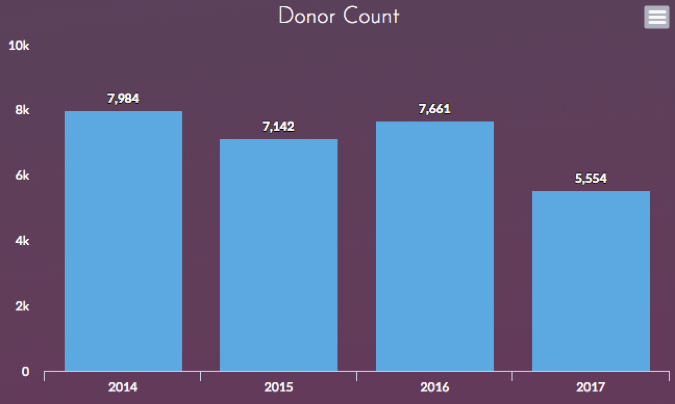
Donor count can help you see which year netted you the highest number of donors, which you can use as an average baseline for future or current goals. It can also help you review your practices or campaigns from that year to see what really attracted donors.
2. Average donation
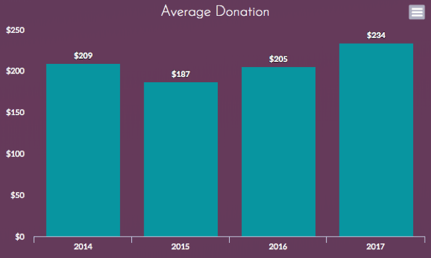
Average donation amounts are a great way to see your everyday donor’s giving behavior. This can provide insights on which platforms to use, which donors to target, and what your goals should be for the rest of the year or quarter.
3. Donor retention rate
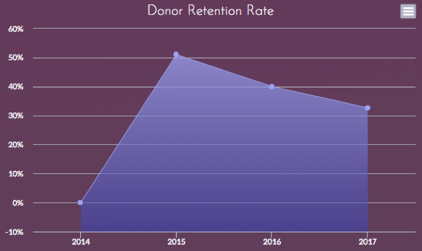
From an internal perspective, your donor retention rate can tell your organization a lot about itself. You can see different retention rates by year, which should lead you to explore internal processes to highlight what went right (or not-so-right).
4. Sector vs. constituent segments
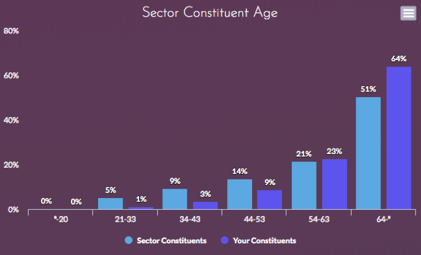
Access benchmark data for your sector by creating a free Causemo Insights account. You will see sector constituent data and how your constituents compare. Use the filtering feature to create comparisons of age, gender, household income, and education.
5. Smart Segments
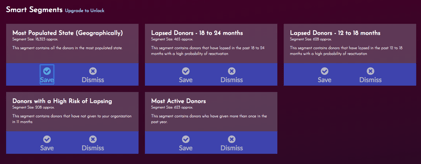
If your team is looking to move fast and focus time on execution versus analysis, the Causemo Insights Smart Segment feature can help. Based on your specific data sets, you will gain access to segment opportunities and recommendations, generated by Causemo's internal algorithm. These include groups of donors who are likely to upgrade and donors who are likely to become monthly donors. with a high risk of lapsing, for example. Smart Segments help create a roadmap for fundraisers looking to move quickly and focus on segments with the highest likelihood to make an impact.
Benchmarking for your organization
Whether your organization is large or small, looking to benchmark internally or with the help of others, it is a meaningful practice that can help you better understand the scope of a potential project and where you stand amongst others in the field. Benchmarking can also highlight a number of opportunities you hadn’t considered, or didn’t know how to pursue before.
Causemo Insights makes benchmarking easy and visual. To continually improve your benchmarking process, you can update donor data files after new campaigns and take advantage of Causemo's built-in philanthropic dataset of over 200 million individuals that is constantly updated with the freshest data.
Access benchmark data for your sector in just minutes by creating a free Causemo Insights account.
Authored by Causemo's Ryan Carpenter:
Ryan Carpenter is the Director of Customer Data Analytics for Causemo, providing strategic guidance and support for our nonprofit partners. He has been in the nonprofit world for many years, previously leading the Engagement & Stewardship team for Top 100 Nonprofit and Year Up, as well as managing Donor Advancement Programs for three of the nation’s leading nonprofits (Feeding America, Wounded Warrior Project and CARE).
